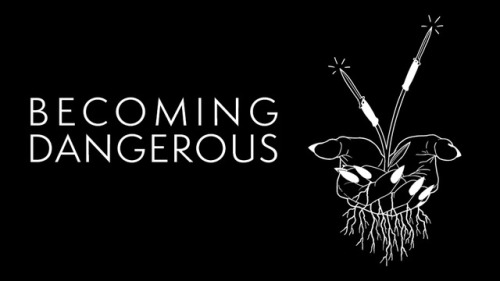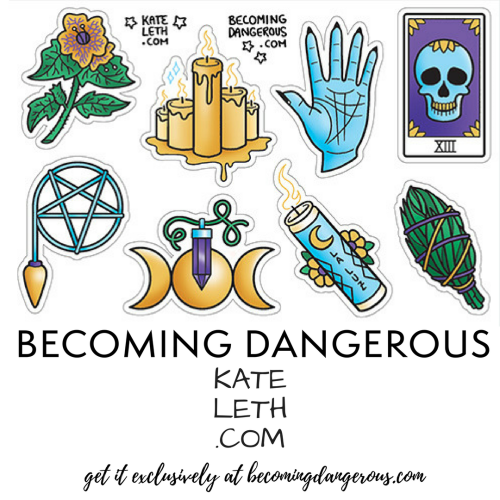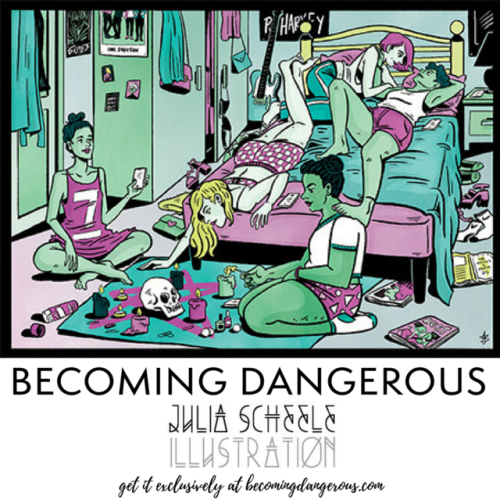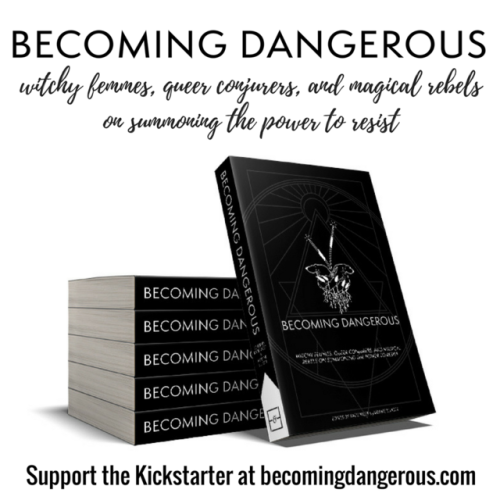#julia scheele
I’ve launched a Kickstarter to fund my newest book!
I’m a small independent publisher in the UK and I make books to elevate underrepresented topics and voices.
This newest book is called BECOMING DANGEROUS and it’s a collection of essays by twenty witchy femmes, queer conjurers, and magical rebels on summoning the power to resist. It’s a book about ritual and resistance!
I have some badass rewards over at the Kickstarterpage from talented people like Jen Bartel,Kate Leth, and Julia Scheele. Along with tarot readings and moon-cycle readings from our contributors!
I would really appreciate your support! Thanks!
Post link

So fun fact, this is not a book about the word queer or queer community. It’s a graphic novel explanation of academic Queer Theory.
Which I didn’t know when I picked it up, so I wanted to make that super clear. I just think the cover is a bit misleading. It had me thinking this was more of a generalist work when really its highly academic. That doesn’t mean you shouldn’t read it though! Its a good introduction to Queer Theory. I just didn’t know beforehand.
I think Queer Theory works about as well as a graphic novel as it works as anything else. Queer Theory is DENSE and difficult to understand (at least for me) and the graphic format allowed for some visual representation of complex ideas. But there were also a lot of talking heads. Quite literally. Most queer theorists are shown with their most famous words in word bubbles above their heads.
In my opinion, some of the best parts are when we see real queer people either illustrating or repudiating some of this theory, particularly the parts where cis gay men love to speak for all of us in deliberately confusing language (*coughcoughLeeEdelmancough*). Barker and Scheele don’t let them skate on this, providing differing viewpoints and outright critiques. I liked that.
I also loved the way bisexuals are wholly and completely integrated into this book in a way I’ve never seen from a Queer Theory text. Even when the examples are not strictly about bisexuality, we are still included. There is a example that has nothing to do with bisexuality persay, but showed a researcher talking to bi communities, reading bi books, going to bi conferences, and HELPING BI PEOPLE. Seriously this panel almost made me cry. We never get this kind of consideration. Usually the best I hope for in general queer/LGBTQ nonfiction is to not have any blatant biphobia. I never hope for holistic inclusion. Meg-John Barker is bisexual and perhaps that is why this book lacks the usual unchallenged monosexism.
So if you’re looking for an introduction to Queer Theory that is bi-friendly, visually inclined, and about as accessible as this subject is ever going to get, I say pick this one up.
- Sarah





